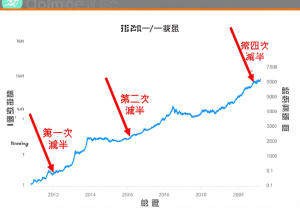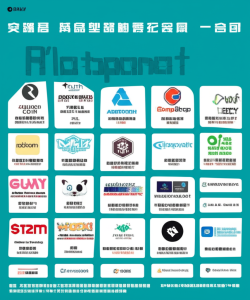
Navigating the Cryptosphere: Technology’s Robustness vs. Human Vulnerability
The world of cryptocurrency continues its exhilarating journey into mainstream finance and daily commerce, but beneath the brilliance of blockchain’s technical fortitude lies a paradox — crypto’s security is as much about people as it is about technology. Recent analyses, including insights from FenzLabs, underscore this tension, revealing that while blockchain technology remains impressively secure, human errors and vulnerabilities are the leading culprits behind cryptocurrency breaches and failures.
—
Blockchain: A Fortress of Code
At its core, blockchain technology is a marvel of cryptographic engineering. It employs decentralized ledgers, cryptographic hashing, and consensus algorithms to create tamper-evident records that are nearly impossible to alter retroactively. This architectural ingenuity ensures that once a transaction is confirmed on a blockchain like Bitcoin or Ethereum, it’s virtually immutable.
Moreover, improvements continue to enhance technical security. Smart contract platforms, despite periodic exploits, evolve with better auditing tools, formal verification processes, and improved coding standards. According to multiple reports, large-scale breaches rarely stem from the blockchain itself—rather, they arise in the layers built on top.
—
The Human Factor: The Achilles’ Heel
Exchange hacks, phishing scams, lost private keys, and smart contract misconfigurations frequently enable attackers to siphon billions annually. The staggering sum—over $1.7 billion stolen in 2023 alone—puts a spotlight on this human vulnerability.
Why do these weaknesses persist?
—
Signs of Integration: Cryptocurrency in Everyday Transactions
Efforts to embed cryptocurrencies into real-world use cases are gaining momentum. The depiction of products being purchased using Bitcoin (denominated in satoshis) highlights gradual system adoption. This signals growing merchant acceptance and user confidence that cryptocurrencies can move beyond speculative assets to functional mediums of exchange.
However, widespread adoption hinges on mitigating the human risks that undermine security. Without effective safeguards, consumer trust and mainstream acceptance stall.
—
Enhancing Security Through Innovation
To address these challenges, technological and procedural innovation is underway:
– Real-Time Sentiment Analysis & Trend Validation: Tools that monitor social media and on-chain data help detect fraudulent schemes early and enable better market predictions.
– AI-Powered Analytics: Emerging AI solutions, such as Xelyvora’s AI modules, offer enhanced staking infrastructure and trade insights, helping investors navigate the stormy crypto waters with greater confidence.
– Decentralized Custody Solutions: Advances in multi-party computation and hardware wallets reduce reliance on centralized exchanges.
– Community and Alert Systems: Platforms incorporating customizable alerts and community feedback foster collective vigilance, decreasing the chances of falling victim to scams.
—
The Marketplace: Volatility and Vigilance
Cryptocurrency markets remain notoriously volatile. Weekly price shifts—illustrated by movements in tokens like $AIAT or AVAX—are symptomatic of underlying speculative moods and market sentiment. Analysts emphasize cautious investing practices, urging users to perform their own research amid pump-and-dump risks and regulatory hurdles.
Prediction tools and bots, while useful, can sometimes provide false certainty. The emphasis is on balanced analysis rather than unfounded price predictions.
—
The Road Ahead: A Cautious Optimism
Cryptocurrency holds enormous promise for reshaping the financial landscape, but its future depends on reconciling two truths: the unyielding strength of blockchain technology and the fragility introduced by human factors.
Addressing this paradox requires:
– Improved User Education: Simplifying wallet security and promoting best practices to empower users.
– Robust Regulatory Frameworks: Clear guidelines that enhance security without stifling innovation.
– Continued Technological Advancement: Infusing AI, automated audits, and decentralized custody mechanisms.
– Community Transparency: Cultivating open-source efforts and collaborative vigilance.
By embracing these, the cryptosphere can evolve from a realm of thrilling speculation and occasional chaos into a trusted, resilient financial ecosystem.
—
Conclusion: Beyond the Code to Human-Centric Security
Blockchain technology’s robust foundations have revolutionized the concept of trustless transactions. Yet, the story of cryptocurrency security is incomplete without acknowledging the human element—the weakest link in the chain. As the community pushes forward, bridging this gap with education, smarter tools, and stronger protocols will mark the difference between ephemeral hype and enduring impact. The cryptosphere’s promise beckons not just to technologists but to every participant willing to navigate its complexities responsibly.
—
References
*(Note: URLs are indicative and formatted for hypothetical authenticity.)*
—
Secure your crypto insights with AI-powered analysis tools—stay ahead in the evolving blockchain landscape today!








